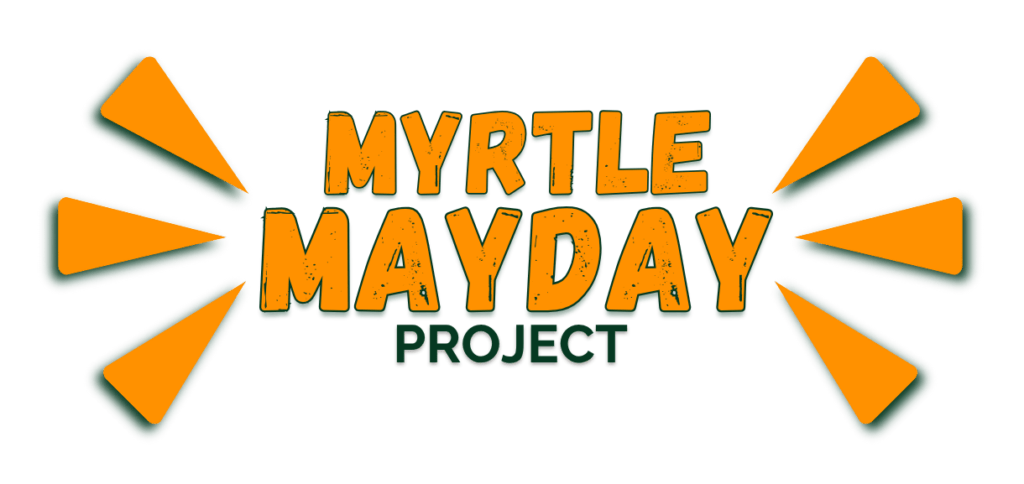
Myrtle Rust is a devastating plant disease caused by the invasive fungal pathogen Austropuccinia psidii. Since its arrival in Australia in 2010, it has caused devastating impacts to our iconic species in the Myrtaceae family, which includes iconic paperbarks, tea-trees, eucalypts, guavas, and lilly pillies. With around 400 native species already impacted, and more at risk, urgent action is needed to prevent extinctions and protect our ecosystems.
The disease spreads quickly through airborne spores, making landscape-scale control nearly impossible. Without intervention, some species may disappear entirely. However, by collecting and conserving seeds and other plant material, we can secure a future for these plants, ensuring they persist if their wild populations decline beyond recovery.
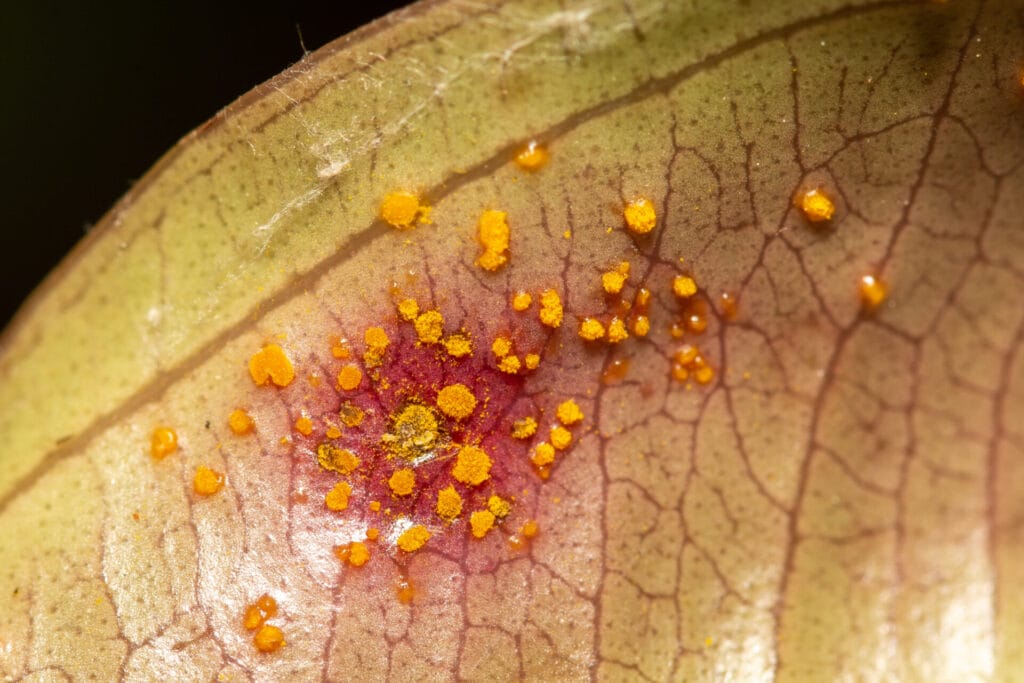
Overview
In 2022–23, a national survey was undertaken to determine which Australian myrtaceae species were held in conservation collections. This crucial survey revealed the species missing from collections, and those that are poorly represented.
Building on this baseline, our Myrtle Mayday project will deliver a national conservation effort dedicated to safeguarding Australia’s unique flora from Myrtle Rust. By securing germplasm collections (seeds and cuttings) of threatened Myrtaceae species, we are taking crucial steps to conserve biodiversity and build resilience against this growing threat.
We acknowledge the support provided for this project by the Australian Government’s Saving Native Species Program. Funding was provided under a grant that aims to improve outcomes for nationally listed Threatened Species.

Aims
Our Myrtle Mayday project will:
- Begin with reconnaissance trips to locate and assess threatened plant populations for seed collection.
- Secure seeds and cuttings of 31 nationally threatened Myrtaceae species across Queensland, Western Australia, Victoria, and New South Wales to serve as an insurance policy against species decline.
- Complete research to determine seed viability and unlock germination secrets to support future restoration activities.
- Communicate findings through scientific publications, databases, and public engagement to improve awareness of Myrtle Rust and the action being taken to mitigate its impact.
- Expand national conservation capacity by bringing together Australian botanic gardens, seed banks, and conservation organisation's for a common goal.
- Contribute to national targets in the Threatened Species Action Plan 2022-2032.
Target species
Below are the 31 target species. Click each species to learn more about it.
Gingin Wax
(Chamelaucium lullfitzii)
Abba Bell
(Darwinia whicherensis)
Homoranthus bruhlii
Stirling Range Featherflower
(Verticordia carinata)
Scarp Darwinia
(Darwinia apiculata)
Seppelt Range Gum
(Eucalyptus ceracea)
Homoranthus elusus
Crowded Featherflower
(Verticordia crebra)
Narrogin Bell
(Darwinia carnea)
Dalveen Blue Box
(Eucalyptus dalveenica)
Homoranthus floydii
Long-stalked Featherflower
(Verticordia densiflora var. pedunculata)
Chapman’s Bell
(Darwinia chapmaniana)
Mount Misery Mallee
(Eucalyptus dolorosa)
Homoranthus lunatus
Coast Featherflower
(Verticordia helichrysantha)
Muchea Bell
(Darwinia foetida)
Johnson’s Mallee
(Eucalyptus johnsoniana)
Homoranthus prolixus
Little Pine Verticordia
(Verticordia pityrhops)
Cranbrook Bell
(Darwinia meeboldii)
Mountain White Gum
(Eucalyptus mooreana)
Chittering Myrtle
(Hypocalymma sylvestre)
Tufted Plumed Featherflower
(Verticordia plumosa var. ananeotes)
Harlequin Bell
(Darwinia polychroma)
Brumby Mallee-gum
(Eucalyptus phoenix)
Suberb Myrtle
(Hypocalymma magnificum)
Granite Featherflower
(Verticordia staminosa var. cylindracea)
Fringed Mountain Bell
(Darwinia squarrosa)
Granite Kardomia
(Kardomia granitica)
Wongan Featherflower
(Verticordia staminosa subsp. staminosa)
Outcomes
Our project will run from from early 2025 to mid 2026. Follow this page and our social media channels to keep updated on our progress. These important plant conservation efforts are helping to ensure Australia’s unique biodiversity thrives for future generations
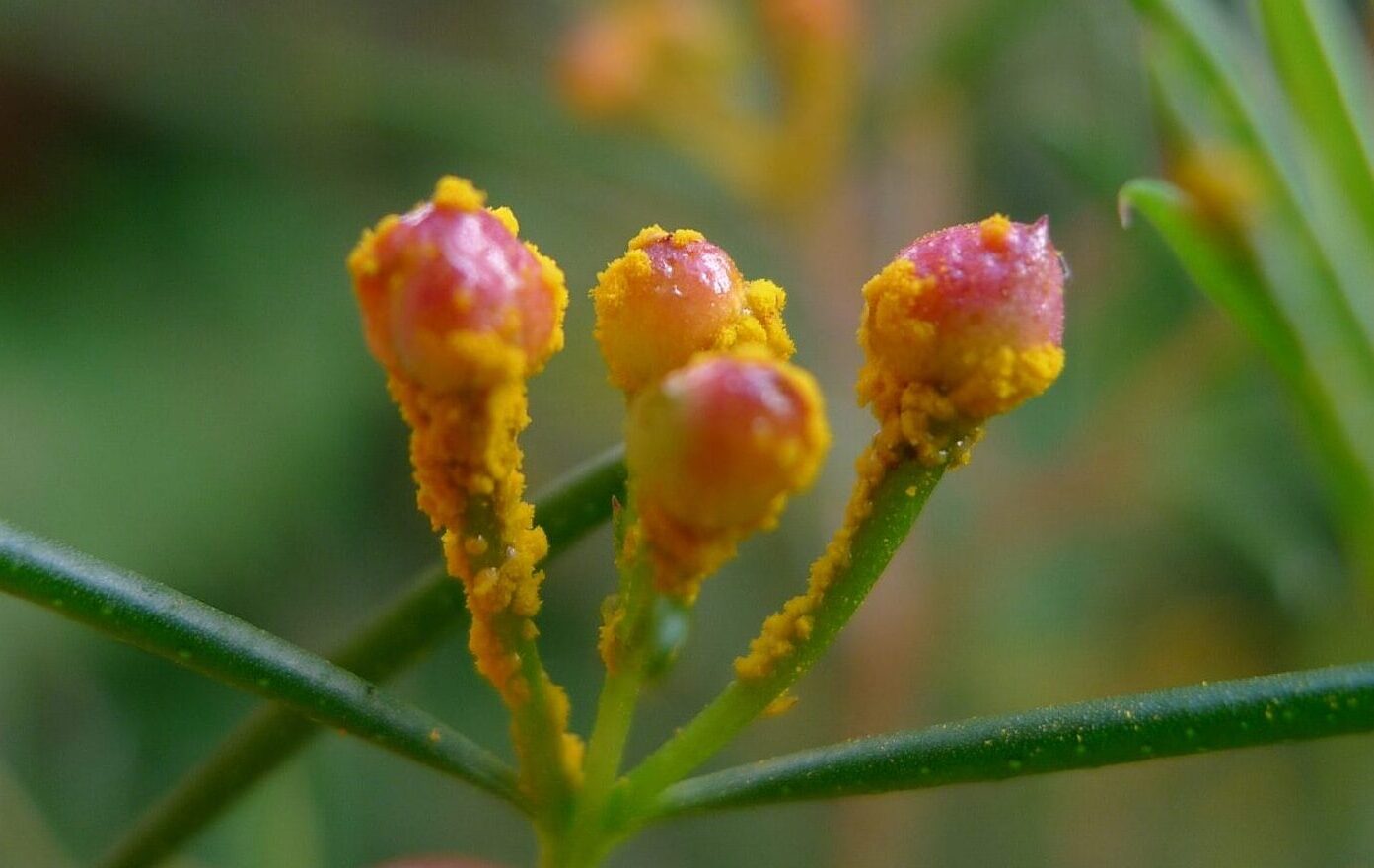
Partners
The project involves key conservation seed banks and organisations
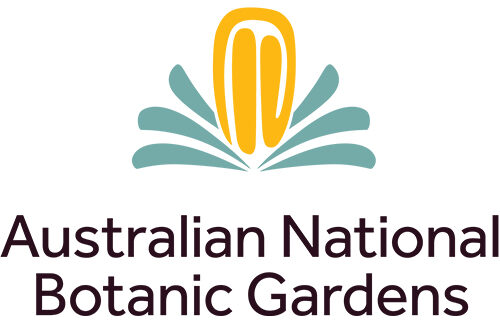
National Seed Bank
Australian National Botanic Gardens
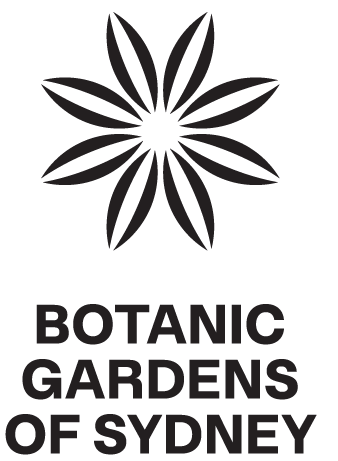
The Australian PlantBank
Australian Botanic Garden, Mt Annan, Botanic Gardens of Sydney
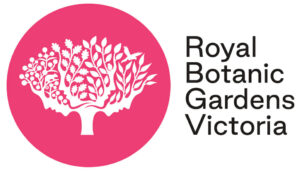
Victorian Conservation Seedbank
Royal Botanic Gardens Victoria
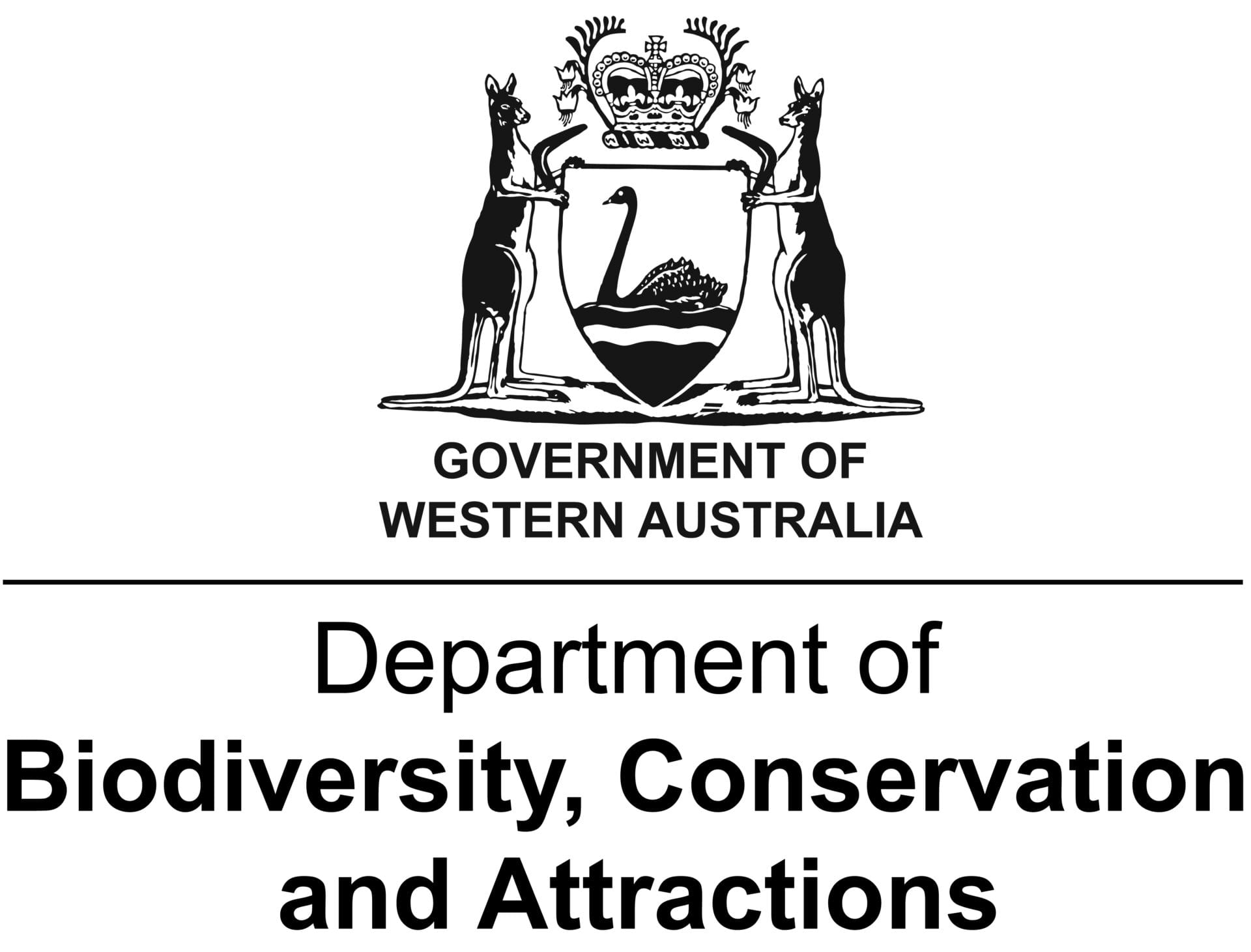
Western Australian Seed Centre, Kensington
Department of Biodiversity, Conservation and Attractions
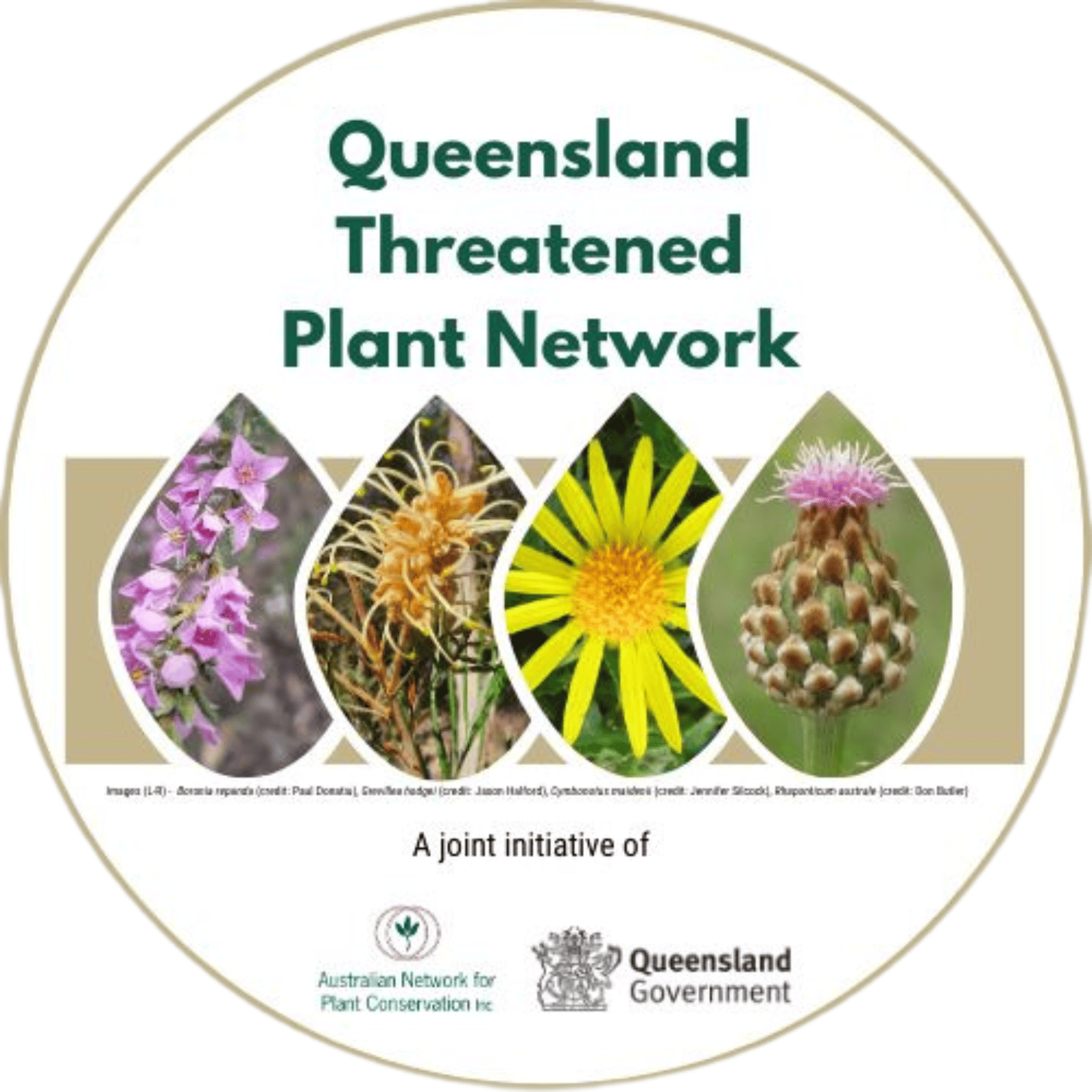
Queensland Threatened Plant Network
in collaboration with Stanthorpe Rare Wildflower Consortium
Image credits:
- Myrtle rust on Rhodamnia maideniana by Muchos insectos licended under CC BY 2.0. Available at https://flic.kr/p/2nX9odn
- Myrtle rust on Geraldton Wax flower buds by John Tan licensed under CC BY 2.0. Available at https://flic.kr/p/e6vSSm

